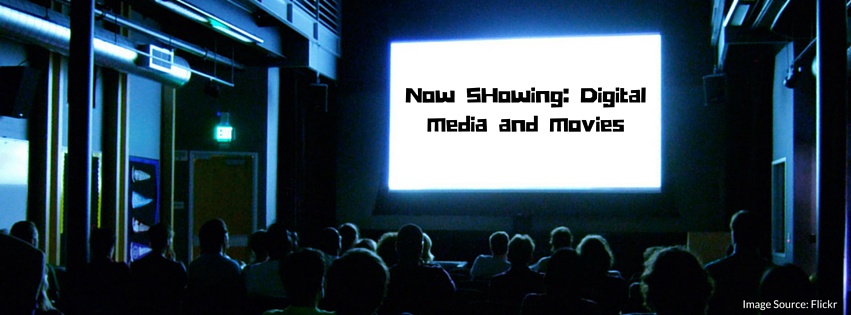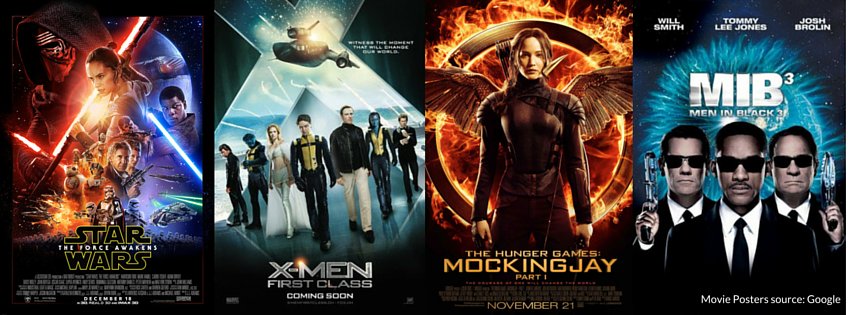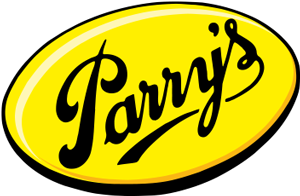
Did you change your profile picture to include the light saber? Regardless of whether one has seen the original installments of Star Wars or not, today, the world has so ubiquitously come to know of the film – even millennials born way after the movies released – thanks to a clever digital media campaign. From Google to Facebook, Star Wars was a pretty interesting way to wed the internet with the intergalactic. But if you’re thinking theirs was the only marketing mix that included the digital media for the world of films, think again.
One of the most interesting campaigns in recent times was The Hunger Games, which saw the creation of a secret virtual world for fans of the film. The filmmakers picked up on the trend that is now catching on across the world: which is that there is no longer a confined interest in watching a film for a couple of hours. People are inclined towards immersive interactions with characters, worlds and narratives around these worlds. The digital experience helped give fans a shot at owning a digital experience centered around the movie.
On the other hand, Men in Black III tapped into a very interesting marketing tool, through blogging. One of the key characters in their marketing mix was a blogger called Bugeyes. He was a no-name kid, from a no-name town, bang in the middle of nowhere. He was fourteen, liked computer science and researching extraterrestrials. MIBIII built in a blog that served to curate a variety of posts with information on his blog to prove that aliens and the men in black were real. It was as interesting as it could get – creating an interesting fan-dom climate that welcomed more and more newer fans into the fold. The Facebook plug-in generated over 129,000 likes for the post. 
Deconstructing the medium and making a foray into the tablets, X-Men: First Class gave its fans a brilliant experience through an ultra-realistic digital magazine. An interactive, free iPad app, called X-Men Extra came up – and here’s the fun part: it was originally actually a digital magazine that featured period pieces dating back to the 1960s. There were pieces about the X-Men, captioned photos, embedded audio clips, videos and clever special features.
Even a lighthearted movie had a lot to gain from digital media tools. The Simpsons Movie actually created real Kwik-E-Marts for its fans, and the marketing team developed a bunch of creative ideas for its online engagement. Some of these ideas included an integrated campaign that allowed fans to do everything from making their own Simpsons-avatar, to explore Springfield digitally, and to even play games.
A potty-mouthed teddy bear is enough to make a certain part of the movie-watching demographic give in to all temptation possible and watch the movies. But, when the digital marketing route hopped on board, Ted, the world’s most famous inappropriately-speaking bear became something of a hot favourite. And he was everywhere: on Twitter, Facebook, YouTube, through a blog of his own, in the form of an app for your phone, and even an avatar invader that allows you to superimpose his picture onto yours. Ted is something of an iconic character now, one that has a place to sit at every dinner table and social gathering alike, all thanks to the larger-than-life marketing campaign.
And finally, our favourite at IBS: Inception. Pun fully intended, of course. Who said we weren’t allowed to pick favourites, now? Jokes apart, Chris Nolan’s Inception was a larger-than-life experience in the cinemas. But on digital media, it single-handedly was a mind-blowing gaming experience. One of their more popular tools was the game “Mind Crime”, where users would sink deeper into a complex world of intrigue and dreams. There were also interviews with dream scientists, QR codes and digital scavenger hunt promotions, and real life articles and websites that related to the movie.







